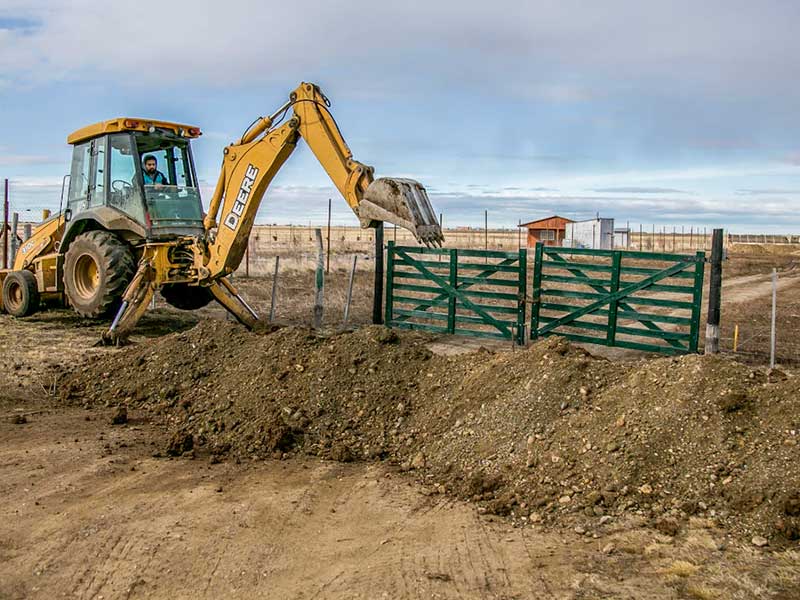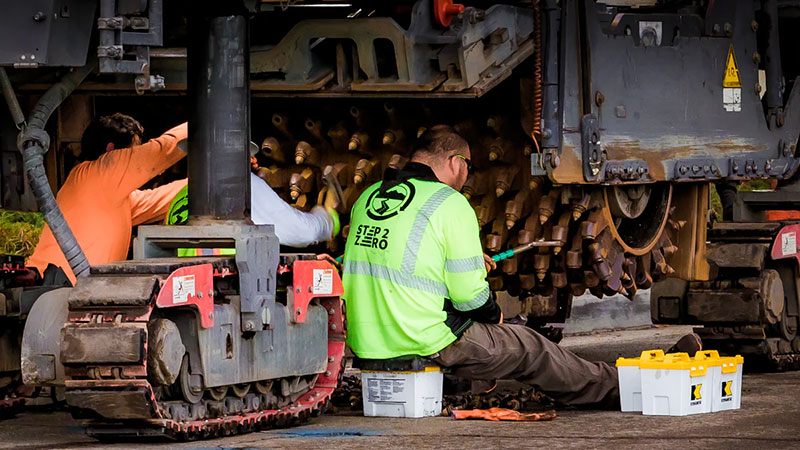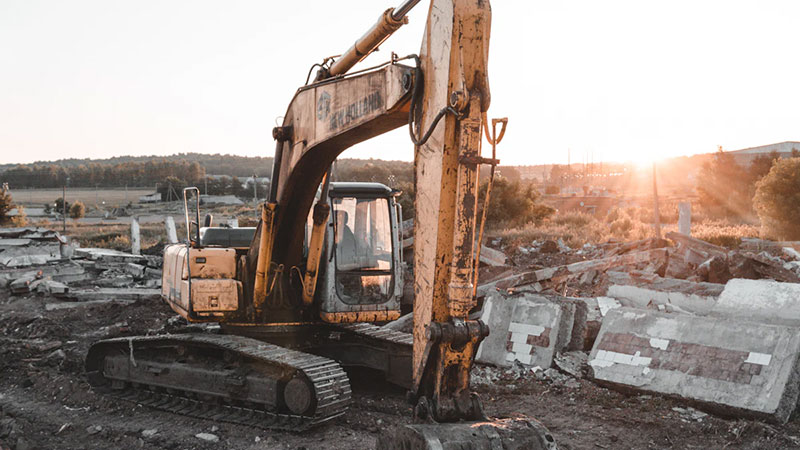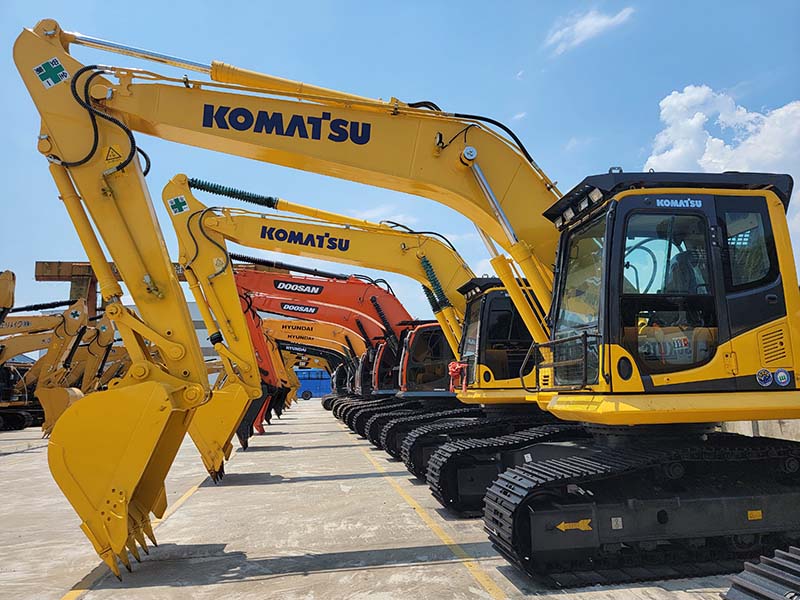Buying a second-hand excavator can be a cost-effective solution for many businesses in industries like construction, mining, and road maintenance. However, to ensure its longevity, efficiency, and safety, proper maintenance is essential. This guide provides practical tips on maintaining your second-hand excavator to maximize its lifespan and performance.

Conduct Regular Inspections
Regular inspections are the cornerstone of maintaining any heavy machinery, especially second-hand equipment. Develop a routine to check the following:
- Hydraulic System: Examine hydraulic hoses, cylinders, and connections for leaks or wear.
- Engine: Check for unusual noises, vibrations, or signs of overheating.
- Undercarriage: Inspect the tracks, rollers, and sprockets for damage or excessive wear.
- Electrical Components: Ensure all lights, gauges, and sensors are functioning properly.
- Attachment Points: Look for cracks or wear around the bucket or other attachments.
- Regular inspections help identify issues early, reducing the risk of costly repairs or accidents.
Follow the Manufacturer’s Maintenance Schedule
Most excavators come with a manufacturer’s manual detailing the recommended maintenance schedule. Adhere to these guidelines to keep your machine in optimal condition. Key maintenance tasks include:
- Oil Changes: Replace engine oil and filters according to the manufacturer’s recommendations.
- Air Filters: Clean or replace air filters to prevent dust and debris from damaging the engine.
- Hydraulic Fluid: Monitor and top off hydraulic fluid levels, replacing it periodically.
- Fuel System Maintenance: Drain water separators and replace fuel filters as needed.
- By following the manufacturer’s instructions, you ensure that your excavator operates as intended.

Use Quality Replacement Parts
When repairs or replacements are necessary, always opt for high-quality parts. While cheaper alternatives may seem cost-effective initially, they can lead to further damage or reduced efficiency over time. Use genuine or reputable aftermarket parts compatible with your excavator model to maintain reliability and performance.
Lubricate Moving Parts
Proper lubrication minimizes friction and prevents premature wear of moving parts. Focus on the following areas:
- Pivot points (e.g., boom, arm, and bucket connections)
- Bearings and bushings
- Slew ring gear
- Use the recommended type of grease and follow the specified lubrication intervals in the operator’s manual.
Monitor the Undercarriage
The undercarriage is one of the most critical components of an excavator. Neglecting it can lead to significant performance issues and expensive repairs. Regularly clean the undercarriage to remove dirt, debris, and rocks. Check for loose bolts and excessive wear, and adjust track tension as necessary. Proper track tension reduces stress on the system and improves overall efficiency.

Keep the Machine Clean
A clean excavator is easier to inspect and maintain. Dirt and debris can clog vital components and obscure signs of wear or damage. Regularly wash your excavator, focusing on the undercarriage, cooling system, and engine bay. Use compressed air to remove dust from sensitive areas such as the radiator and air intake system.
Store Properly When Not in Use
Proper storage is essential, especially if the excavator will be idle for an extended period. Follow these steps:
- Park the machine on a flat, stable surface.
- Retract the boom and arm, and lower the bucket to the ground.
- Cover the machine to protect it from the elements.
- Disconnect the battery to prevent drainage.
- Consider periodic start-ups and light operations to keep the engine and hydraulic system in good condition during long storage periods.
Keep Accurate Maintenance Records
Documenting all maintenance activities helps track the excavator’s condition and ensures no tasks are overlooked. Record details such as:
- Dates of inspections and maintenance
- Parts replaced
- Fluid changes and lubrication
- Observations or repairs needed
- Accurate records also enhance the resale value of your excavator by demonstrating proper upkeep.
Address Issues Promptly
Delaying repairs can exacerbate problems and lead to higher repair costs or downtime. Address any issues immediately upon discovery to maintain safety and efficiency. Consult a professional technician if you are unsure about diagnosing or fixing a problem.
Conclusion
Maintaining a second-hand excavator requires diligence and adherence to best practices. By conducting regular inspections, following the manufacturer’s maintenance schedule, using quality parts, and training operators, you can ensure your excavator remains a reliable and efficient asset for your operations. With proper care, a second-hand excavator can deliver excellent performance and value for years to come.


